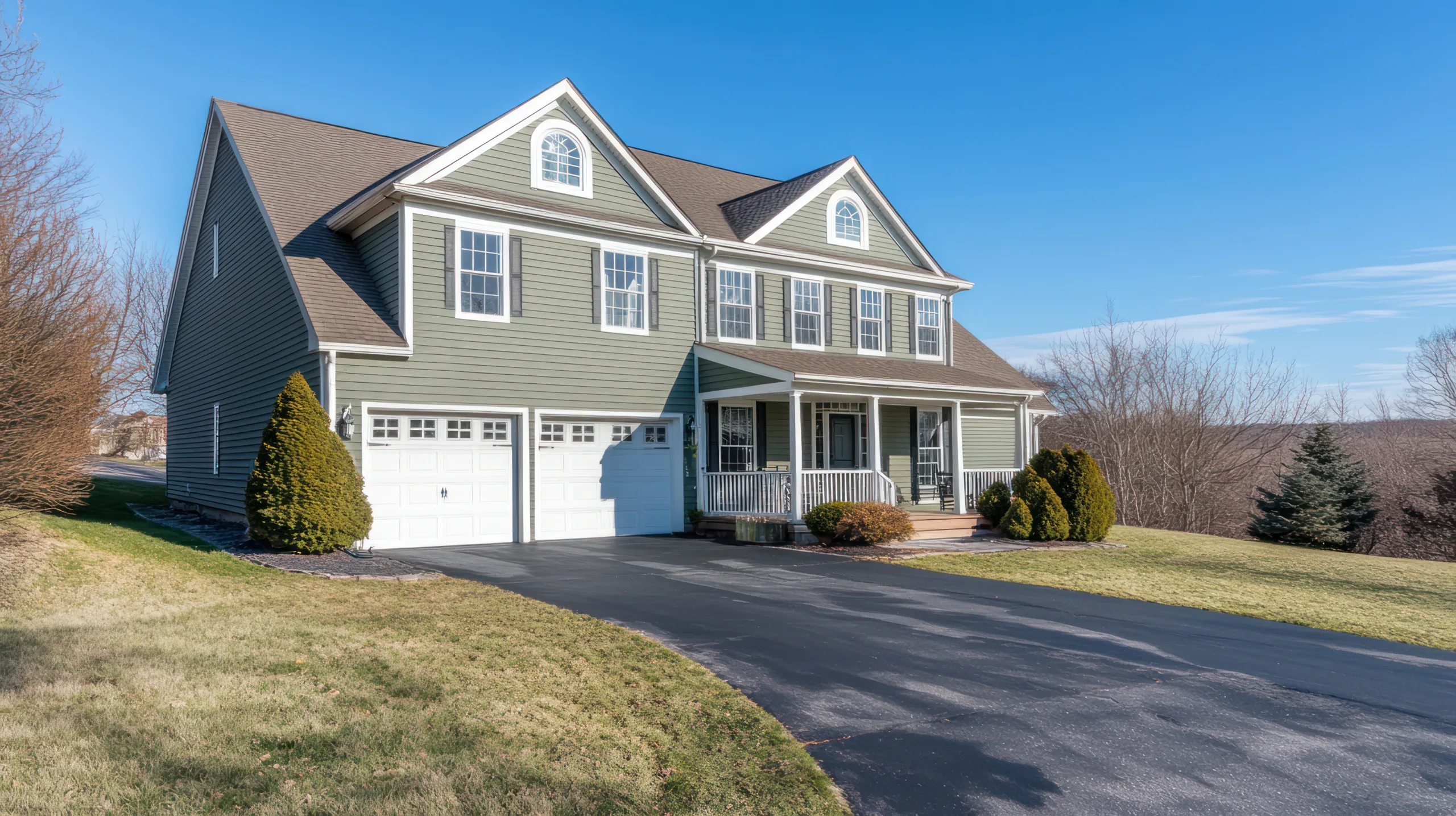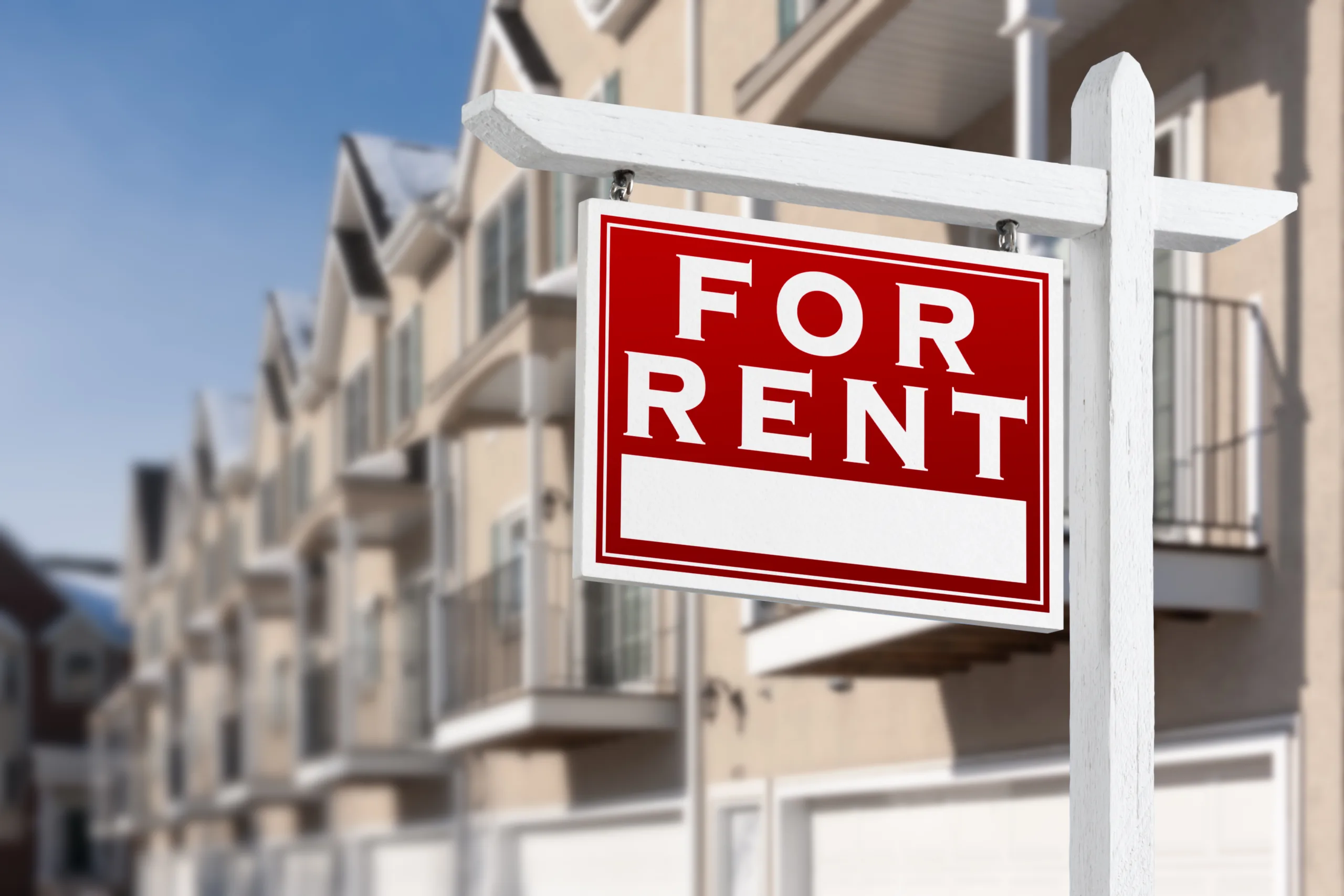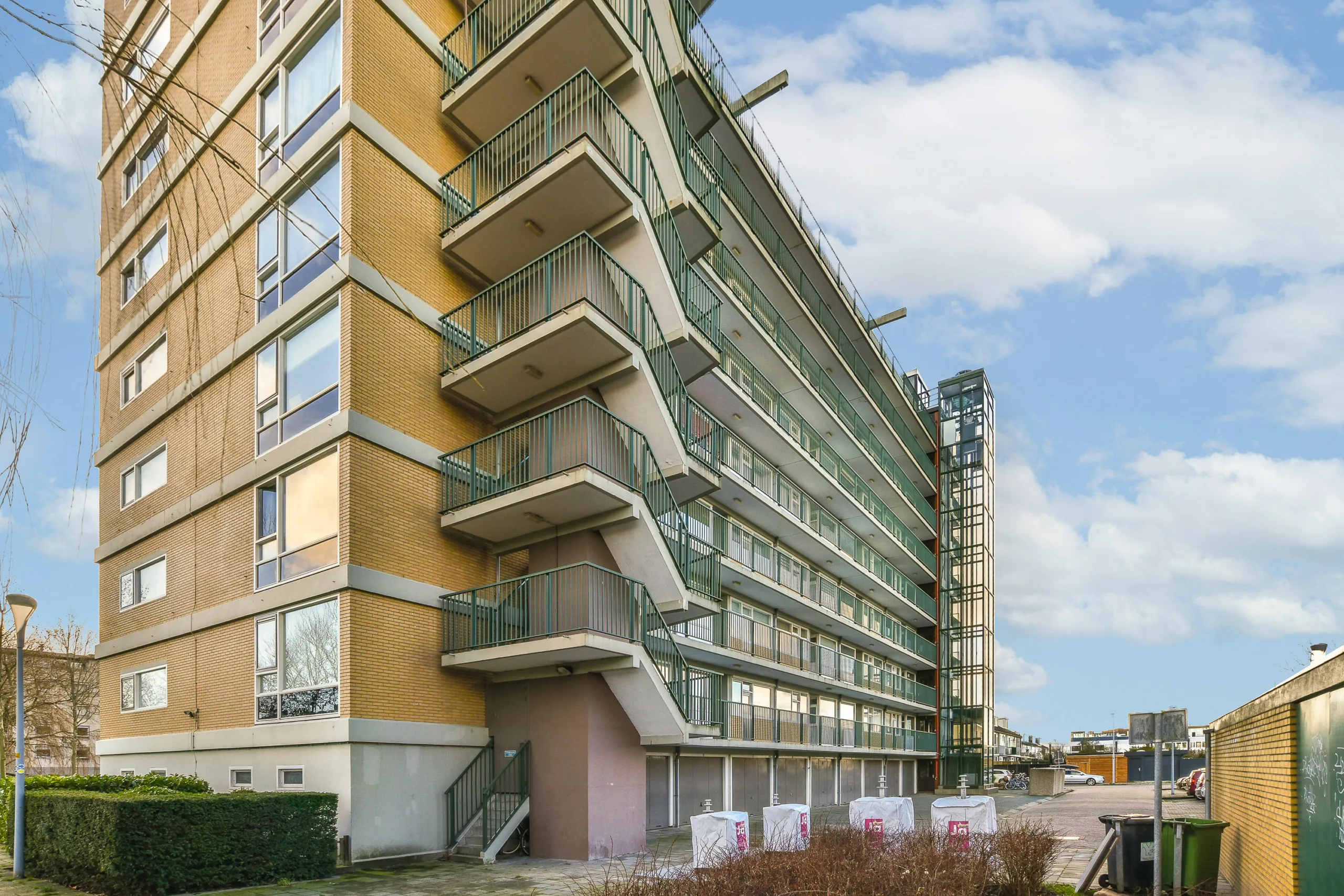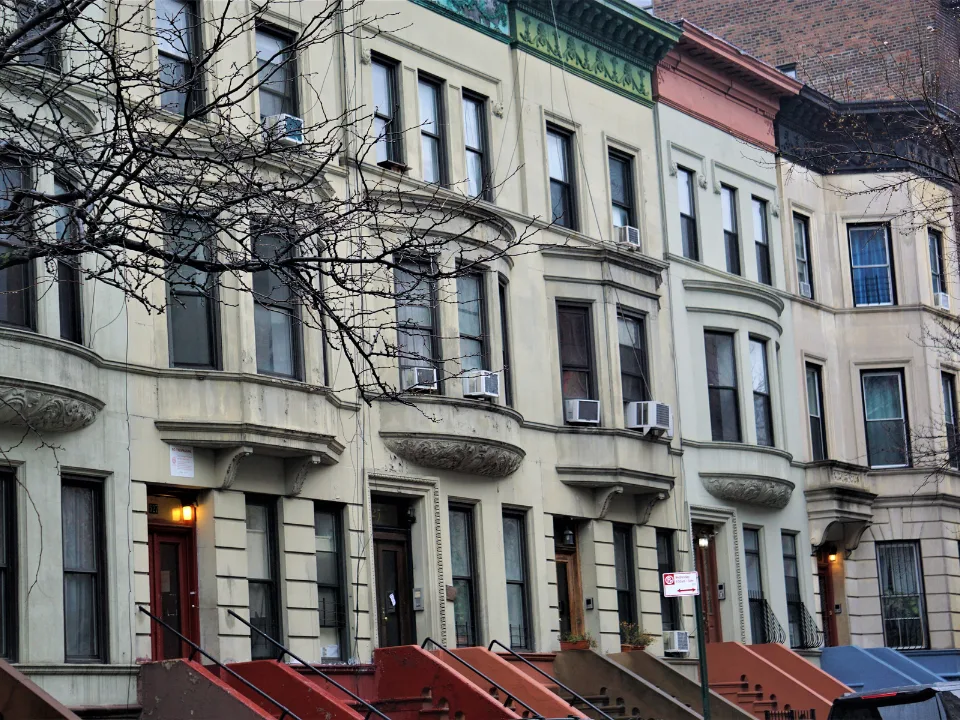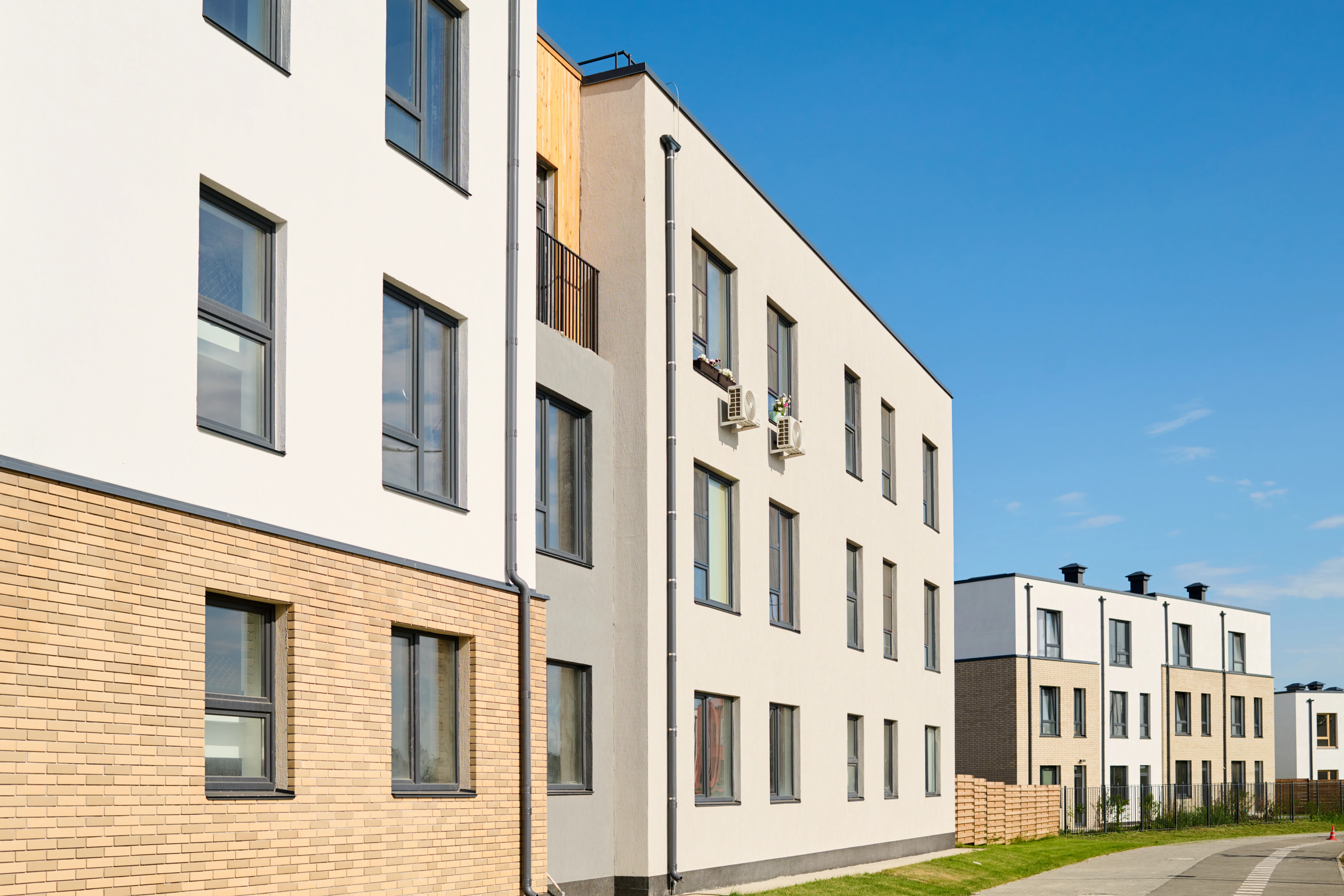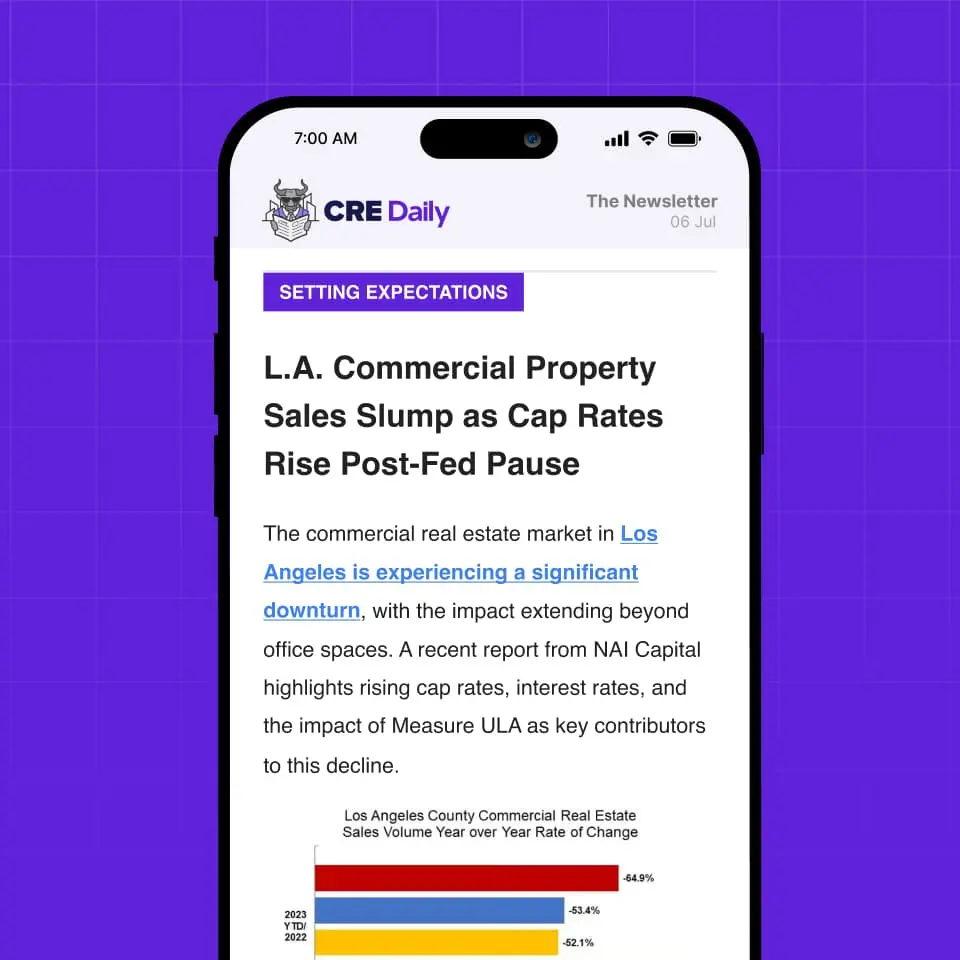- SFR and BTR remain strong investment bets despite volatile interest rates and broader economic uncertainty, thanks to favorable housing fundamentals and long-term supply constraints.
- Housing supply remains critically low—with a 3.8M-unit gap at the end of 2024—while homeownership costs continue to far outpace renting, further boosting rental demand.
- Development activity is slowing, with BTR starts falling 60% in 2024, setting the stage for a rental housing supply gap over the next 2-3 years.
Why Now?
In a year marked by market volatility and global tensions, single-family housing rental and build-to-rent investments are proving resilient, reports Commercial Observer. As traditional asset classes respond to shifting bond yields and monetary policy, long-term real estate investors are doubling down on SFR and BTR—especially in high-growth markets where demand far outpaces supply.
Fundamentals Still Point To A Housing Shortage
At the close of 2024, the US faced a housing shortfall of 3.8M units, according to the National Association of Realtors. With homeownership now costing roughly 40% more than renting, according to John Burns Research & Consulting, more Americans are turning to rental options—particularly single-family homes—for affordability and lifestyle preferences.
Inventory of homes for sale is up year-over-year, but still sits 20% below pre-pandemic levels. Meanwhile, builders are pulling back in response to softening prices—especially across the Sun Belt—contributing to fewer new starts and lengthening the path to closing the supply gap.
Get Smarter about what matters in CRE
Stay ahead of trends in commercial real estate with CRE Daily – the free newsletter delivering everything you need to start your day in just 5-minutes
The Coming Rental Supply Crunch
While multifamily markets are seeing softening rents amid a 40-year high in deliveries, BTR starts plummeted 60% in 2024, raising red flags for future rental supply. At the same time, apartment starts dropped by 26%, according to NAHB data. These combined slowdowns are expected to create a rental housing vacuum within the next two to three years.
Tariffs Add Pressure—But So Far, Manageable
Trade policy poses a potential risk, with current tariffs estimated to increase materials costs by 4–7%, translating into a 1–3% increase in total project costs. So far, developers—including Marquis Homes—report minimal impact. However, the long-term effects remain uncertain and will require active monitoring of procurement and construction value chains.
Long-Term Opportunity Amid Short-Term Constraints
At the current pace of 1.4M housing starts per year, it could take over seven years to close the housing gap. Permitting delays and high interest rates are likely to prolong this timeline.
Despite the headwinds, institutional investors such as Lafayette remain bullish. With a pipeline of 1,500 lots under development in high-demand markets, firms are positioning themselves to meet future rental demand and benefit from structural imbalances in US housing.
Bottom Line
For long-term investors, SFR and BTR continue to offer attractive opportunities. With supply constrained, affordability out of reach for many buyers, and demand on the rise, these asset classes are uniquely positioned to provide both returns and resilience in uncertain times.




